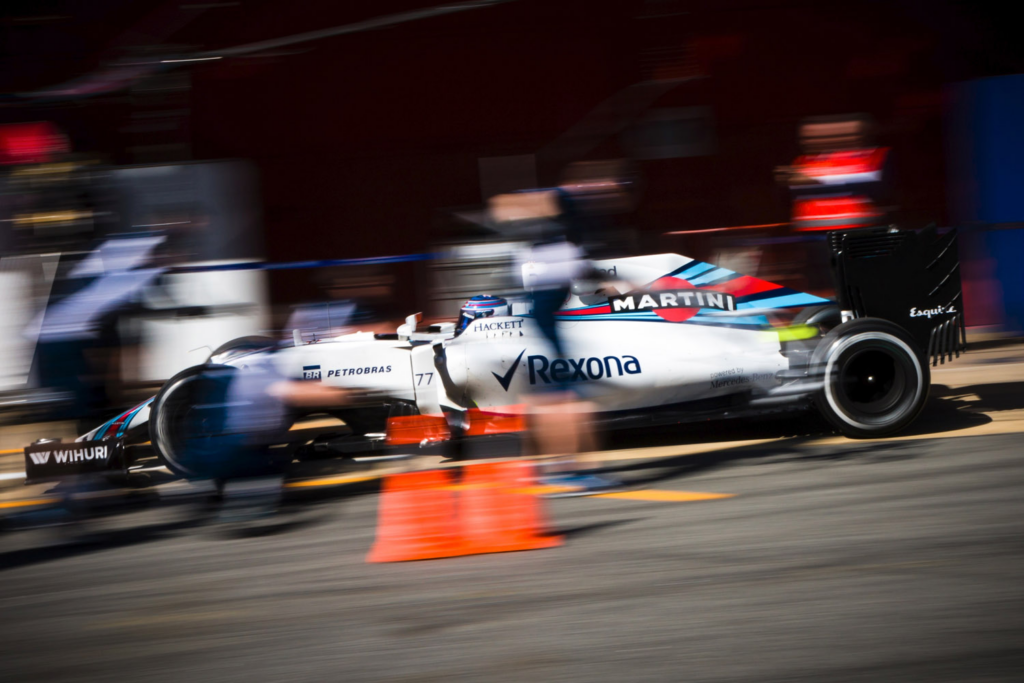The symbiotic relationship between the high-octane world of racing and the consumer automotive industry has been a driving force behind many of the technological advancements we see in today’s vehicles. From the early days of Formula One to the modern circuits of NASCAR, IndyCar, Le Mans, and GT racing, the pursuit of speed, efficiency, and safety on the track has paved the way for significant improvements in the cars we drive every day.
The Historical Circuit of Influence
The history of racing’s impact on automotive technology is as old as the automobile itself. In the early 20th century, races were not just for sport but served as a proving ground for new automotive technologies. For instance, the rearview mirror, now a standard safety feature in all vehicles, made its debut in the 1911 Indianapolis 500 on Ray Harroun’s Marmon Wasp. This innovation allowed Harroun to race without a mechanic, reducing weight and drag, and ultimately winning the race.

As Enzo Ferrari, founder of the Ferrari automobile marque, famously said, “Racing is a great mania to which one must sacrifice everything, without reticence, without hesitation.” This mania has led to relentless innovation, with racing teams pushing the boundaries of what’s possible to gain even the slightest edge over their competitors.
Key Accomplishments and Applications
One of the most significant contributions of racing to consumer vehicles is the development of advanced materials. The use of carbon fiber, first popularized in Formula One in the 1980s, has now found its way into consumer cars, offering unmatched strength-to-weight ratios that improve safety and performance.
Aerodynamics is another area where racing has led to consumer car improvements. Techniques and technologies developed to minimize drag and maximize downforce in race cars have influenced the design of road cars, making them more fuel-efficient and stable at high speeds.

Perhaps the most critical transfer from track to street is in the domain of safety. Technologies such as anti-lock braking systems (ABS) and traction control systems, honed in the crucible of motorsport, are now standard in consumer vehicles, saving countless lives on the roads.
Prevalent Opportunities for Future Driving and Development
The electrification of racing series, exemplified by Formula E, provides a glimpse into the future of consumer automotive technology. The development of fast-charging batteries, regenerative braking systems, and electric drivetrains in the racing world offers exciting possibilities for making everyday driving more sustainable and efficient.
Autonomous technology is another frontier where racing is leading the way. Roborace, the world’s first driverless electric racing series, is at the forefront of developing AI-driven vehicles that can make split-second decisions. This technology has the potential to revolutionize consumer vehicles, making driving safer by reducing human error.
The Importance and Impact
The primary beneficiaries of these technological transfers are the consumers who buy and drive vehicles every day. The opportunity lies in leveraging racing’s cutting-edge technology to make consumer vehicles safer, more efficient, and more enjoyable to drive.

As Audi’s former head of motorsport, Dr. Wolfgang Ullrich, stated, “The transfer of technology from the race track to the road is a core philosophy of Audi.” This philosophy underscores the importance of racing innovations in shaping the future of the automotive industry.
Integrating racing technology into consumer vehicles is not just about improving car sales or aesthetics; it’s about pushing the envelope of what’s possible in automotive safety and performance. It’s about creating vehicles that can better withstand accidents, that can efficiently use fuel, and that can provide the ultimate driving experience for the everyday driver.
Pitfalls and Risks
However, the road from the racetrack to the road is not without its pitfalls. The high cost of racing technologies can make consumer vehicles more expensive. Moreover, the aggressive pursuit of performance can sometimes overshadow the need for reliability and comfort in everyday driving conditions.
t/f Summary: Predictions for Future Tech Injections
Looking ahead, we can expect more racing technologies to filter down to consumer vehicles. Energy recovery systems, advanced telemetry for real-time vehicle monitoring, and even more sophisticated aerodynamic designs are likely to become standard features in the cars of the future.
The racetrack has always been a laboratory for automotive innovation—a place where the future of driving is tested at 200 miles per hour. As we continue to witness the thrilling convergence of racing technology and consumer vehicles, one thing remains clear: the race for automotive excellence is far from over. It’s a race that doesn’t just push vehicles to their limits; it pushes the boundaries of what we can achieve, driving us all towards a safer, more efficient, and more exhilarating future.


